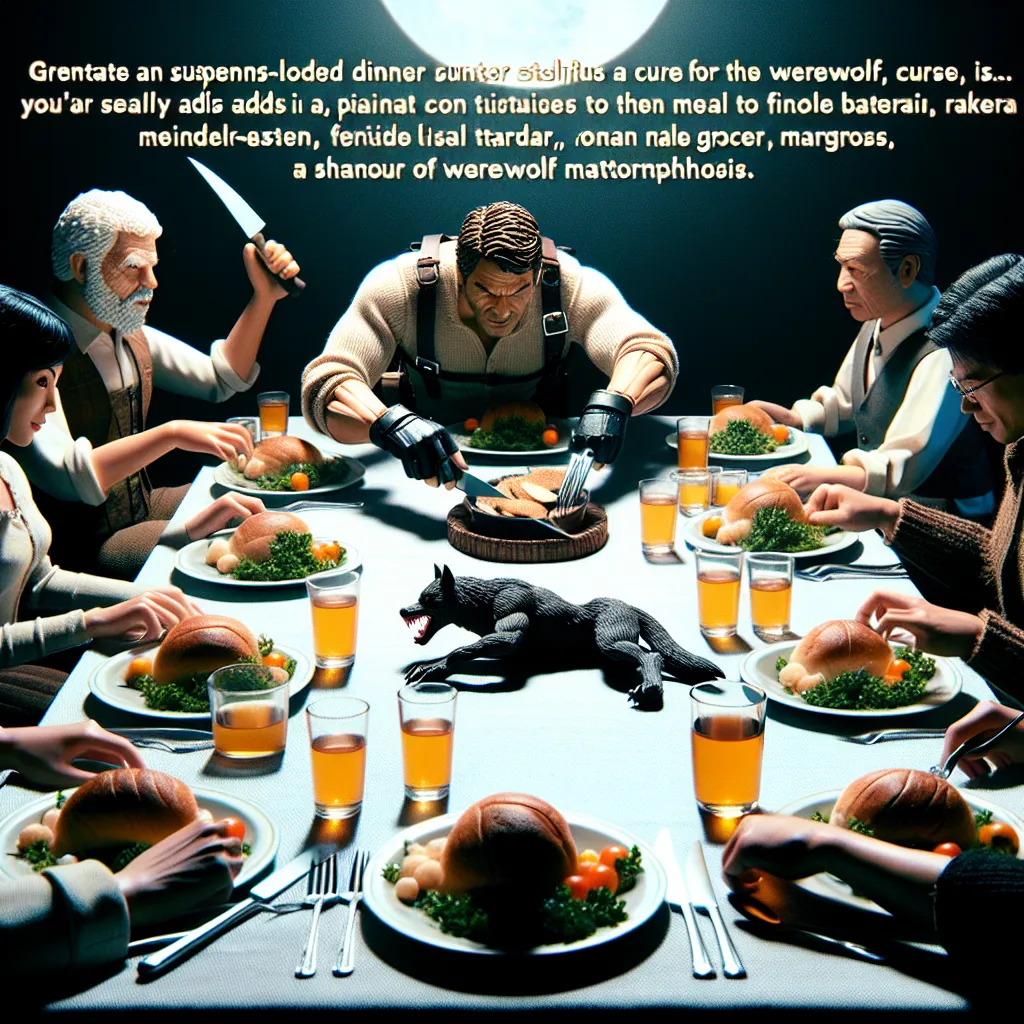You’re on the hunt for a werewolf that’s been wreaking havoc in your town. After months of snooping around and gathering clues, you’ve managed to whittle down your suspects to five people: the mayor, the tailor, the baker, the grocer, and the carpenter. In a last-ditch effort to catch the culprit, you invite them all to dinner with a sneaky plan in mind. You have a rare werewolf antidote, and you intend to slip some into each of their meals.
But, plot twist, your mischievous pet goat gobbles up four out of the five antidote squares, leaving you with just one. Luckily, that last square weighs 50 grams, and you only need 10 grams for it to be effective. If you can divide it precisely into fifths, you’ll have just enough for everybody. The only tool precise enough for the job is a laser cutter. This cutter has 8 points to guide where you start and end each cut, and it’ll perform all the cuts at once. The rule is, you can’t fold or change the shape of the square, and you’ve got just one shot to get it right.
As the full moon makes its climb, you know you’ve got mere moments before the werewolf shows its teeth. The clock is ticking, and if you don’t get it right, everyone’s doomed.
So, what’s the game plan? First, imagine how you’d cut the square on a piece of paper. Starting with the usual fractions like cutting between points B and F or D and H might seem promising, but those cuts would only give you fourths – and you need fifths. What if you explored trimming a bit from one of those quarters, though? Cutting from B to E might look good at first glance, but such a cut would only leave you with 3/16 of the square for one segment – just under a proper fifth.
What if we opt to start with the cut from B to E? Sure, it’s a quarter again, but with some fine-tuning by connecting other choices like D to G and C to H, a clearer picture starts to emerge. One final cut from point A to F and the pieces fall into place. With four strategic cuts – B to E, D to G, F to A, and H to C – you end up with a central square and four surrounding triangles. Interestingly enough, these triangles can be rearranged into four additional squares, all equal to the central one.
Voila! You’ve now divided the antidote into perfect fifths. The geometry might provide a solution, but sometimes just diving in and experimenting is the key to cracking the puzzle. And thank goodness this square only had 8 cut points, or we’d be here forever.
With bated breath, you dose each of your dinner guests as the moon starts to shine fully. Just as the first signs of a terrifying transformation begin, they suddenly stop and reverse. You’ve done it. Your precise measurements have saved the day, and now everyone in the town can sleep a bit more peacefully.






